Aviation
MC-21 Aircraft to Feature Shortened Version for Regional Flights
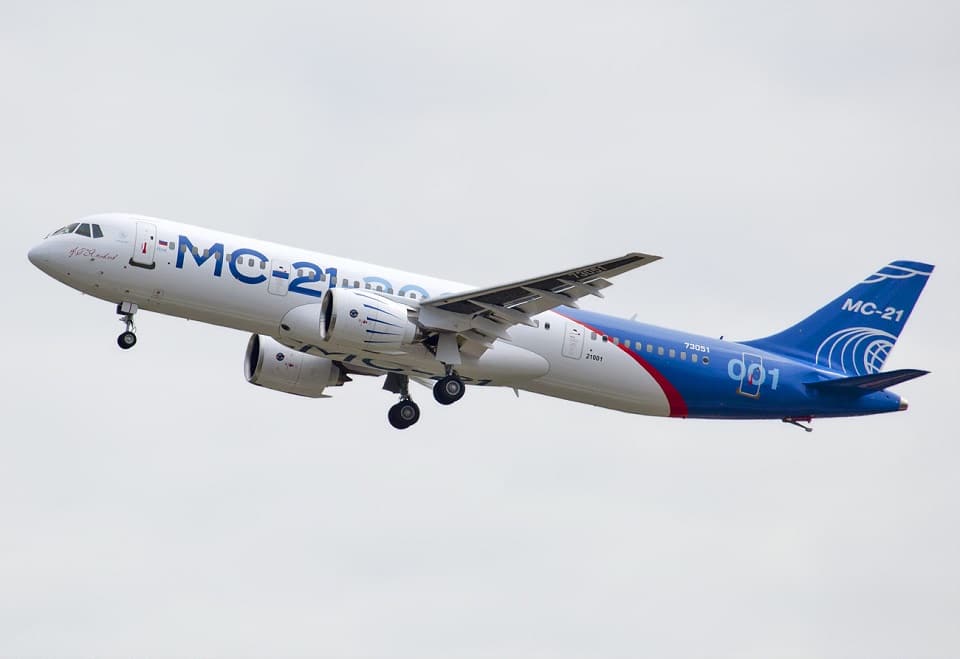
Russia is set to introduce a new variant of the MC-21 aircraft designed for shorter regional routes and lower passenger capacities. This version aims to address the demand for smaller, more efficient regional flights.
According to Denis Manturov, Russia’s First Deputy Prime Minister, the MC-21, which is yet to enter service, may receive a shortened version in addition to the basic model.
Embraer to Receive $150 Million from Boeing After Scrapping 2020 Merger Deal
Due to Western sanctions, Russia has faced challenges in receiving service or parts for Western-built aircraft. While it has managed to operate these planes using locally manufactured parts, this is only a temporary solution. The country’s aviation industry, backed by its long-standing technological expertise, has worked to adapt and manage independently.
The MC-21, initially developed with Western collaboration, is now utilizing entirely domestic materials. Recent tests have shown promising results for this aircraft.
In an interview with Vedomosti, Manturov explained, “As we develop Russian analogues of our aircraft systems and avionics, we must also adapt the aircraft design accordingly. A shortened version of the fuselage by one section could be a viable solution.”
Qantas Engineers Stage Walkout Over Cost of Living Concerns
This adaptation would allow airlines to operate the aircraft more efficiently, considering its weight characteristics while maintaining the original flight range with a capacity of 140-150 passengers.
He also noted that in 2022, the cessation of collaboration with foreign suppliers led to the replacement of 36 aircraft systems for the United Aircraft Corporation (UAC), which is part of Rostec and the manufacturer of the MC-21.
The MC-21 is a next-generation, narrow-body airliner developed by Irkut Corporation, a subsidiary of UAC. It is designed to compete with the Airbus A320 and Boeing 737, featuring advanced aerodynamics, new wing designs, and cutting-edge materials to enhance fuel efficiency and performance.
The aircraft is available in two variants: the MC-21-200, with a capacity of 150 to 210 seats, and the MC-21-300, with 180 to 250 seats. It also boasts advanced avionics and an innovative cabin design to improve passenger comfort, reflecting Russia’s effort to strengthen its domestic aviation industry and reduce reliance on foreign aircraft.

Aviation
Top 10 Most Remarkable Experimental Aircraft

In the world of aviation, innovation never rests. Experimental aircraft push the boundaries of technology and imagination, often leading to breakthroughs that change how we fly.
From futuristic designs to cutting-edge technologies, these experimental aircraft represent the forefront of aerospace engineering.
In this article, we’ll take you on a journey through the top 10 most extraordinary experimental aircraft ever conceived. Each one showcases the daring spirit and ingenuity of its creators, offering a glimpse into the future of flight. Buckle up as we explore these remarkable machines that are reshaping the skies!
- 1. X-62 VISTA
The X-62 VISTA (Variable In-Flight Simulation Testbed Aircraft) is a cutting-edge experimental aircraft designed to test advanced flight control systems and aerodynamic concepts. It features a highly adaptable design, allowing it to simulate a wide range of aircraft configurations and flight conditions. VISTA X-62A, was flown by an artificial intelligence agent for more than 17 hours recently, representing the first time AI engaged on a tactical aircraft.
2. North American X-15
The North American X-15 is a hypersonic rocket-powered aircraft that was operated by both the United States Air Force and NASA. It holds the record for flying faster and higher than any other piloted winged vehicle, apart from the Space Shuttle. While the Lockheed SR-71 Blackbird, with a top speed that is only half of the X-15′s, may seem comparatively slow, the X-15 achieved groundbreaking milestones. It was the first manned aircraft to venture to the edge of space and the first to reach hypersonic speeds, exceeding five times the speed of sound.
3. Hiller X-18
The Hiller X-18 was an experimental cargo transport aircraft developed to pioneer tiltwing and V/STOL (vertical/short takeoff and landing) technology. Constructed from repurposed parts, the X-18 featured a cruising speed of 300 mph and the capability to hover at 6,000 feet. It was designed with safety in mind, incorporating features that allowed for control in the event of an engine failure and enabling it to perform a “controlled crash” landing if necessary.
4.Fisher P-75 Eagle
The Fisher XP-75/P-75A Eagle, often called the “Frankenplane,” was an ambitious World War II design that combined elements from various aircraft, including the P-51 Mustang, SBD Dauntless, and F4U Corsair. Despite initial high hopes, the project was plagued by design flaws, management issues, and high costs. Only 14 units were produced before the project was canceled in 1944. The XP-75/Eagle was equipped with a powerful Allison V-3420 engine and armed with ten .50 caliber machine guns, achieving a maximum speed of 430 mph.
5. Bell X-22
The Bell X-22 is an American experimental V/STOL (Vertical/Short Takeoff and Landing) aircraft featuring four tilting ducted fans. During hover, control was achieved through differential propeller pitch and the use of elevons. In forward flight, the ducted fans contributed significantly to aerodynamic lift. The first X-22A was rolled out on May 25, 1965. It could reach a top speed of 315 mph and had a range of 450 miles.
6.Ryan X-13 Vertijet
The Ryan X-13 Vertijet was an experimental aircraft from the 1950s, designed by Ryan Aeronautical to take off and land vertically without a runway. Weighing 7,200 pounds, it was built to handle scenarios where airstrips might be destroyed in a nuclear conflict. Although the concept was groundbreaking, vertical landings were difficult and not very practical. Nonetheless, the X-13 was an important step in the evolution of VTOL technology, influencing both military and civilian aviation.
7. Convair X-6
The Convair X-6 was an ambitious experimental aircraft project designed to explore and assess the potential of nuclear-powered jet propulsion. The X-6 was intended to be powered by General Electric X-39 engines, which would utilize a P-1 reactor. In this innovative design, the reactor core would serve as a heat source for the turbine’s airflow, eliminating the need for conventional jet fuel. If successful, the Convair X-6 could have enabled extended flight durations, potentially allowing for weeks of continuous operation in the air.
8.Grumman X-29
The Grumman X-29 was an American experimental aircraft known for its pioneering use of forward-swept wings, canard control surfaces, and other cutting-edge technologies. In 1985, the X-29A became the world’s first forward-swept-wing aircraft to achieve supersonic flight. The X-29 featured a unique and highly unstable forward-swept wing design combined with close-coupled canards. It was powered by a single General Electric F404-GE-400 engine, which enabled it to reach a top speed of Mach 1.87.
9.Boeing X-32
The Boeing X-32 was a concept demonstrator aircraft developed for the Joint Strike Fighter (JSF) competition. It featured a wing span of 9.15 meters and a 55-degree leading edge sweep, with a fuel capacity of up to 20,000 pounds (9,000 kg). Despite its cost-effective design and distinctive appearance, the X-32 was not selected due to less favorable performance in flight tests. Boeing’s strategy aimed at gaining a competitive edge by reducing manufacturing and life-cycle costs through minimizing differences among the various JSF versions.
10.Bell X-1:
The Bell X-1, initially designated as the XS-1 and also known as the Bell Model 44, was a rocket-powered aircraft that became the first piloted plane to exceed the speed of sound. It was equipped with four rocket engines and featured extremely thin wings to significantly reduce drag. To conserve fuel, the X-1 was carried aloft beneath the fuselage of a modified B-29 or B-50 bomber before being released for its flight.
-

 Travel2 months ago
Travel2 months agoAir India to Expand US Operations with Three New Routes After a Decade
-

 Aviation3 weeks ago
Aviation3 weeks agoNew EU Carry-On Rules Begin September 2024: What to Expect
-

 Aviation1 week ago
Aviation1 week agoBoeing confirms 797: A New Era for Mid-Size Aircraft
-

 Airlines2 months ago
Airlines2 months agoAir India Rolls Out A350s for Delhi-New York JFK and Newark Routes
-

 Travel2 months ago
Travel2 months agoWhy We Should Avoid These Stamps in a Passport
-
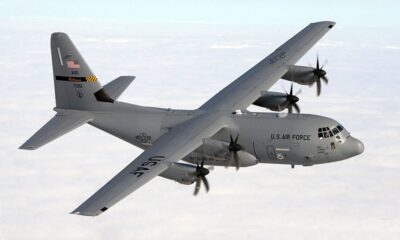
 Aviation1 week ago
Aviation1 week agoLockheed and Tata Team Up to Build C-130J MRO Facility in India
-
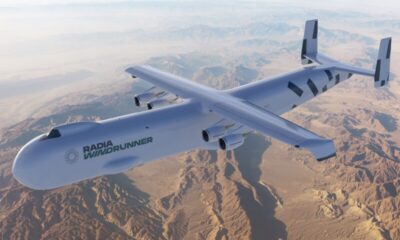
 Aviation1 month ago
Aviation1 month agoMeet WindRunner: The World’s Heaviest and Largest Aircraft Ever Built
-

 Airport2 months ago
Airport2 months agoTop 10 Largest Airports in the World by Size

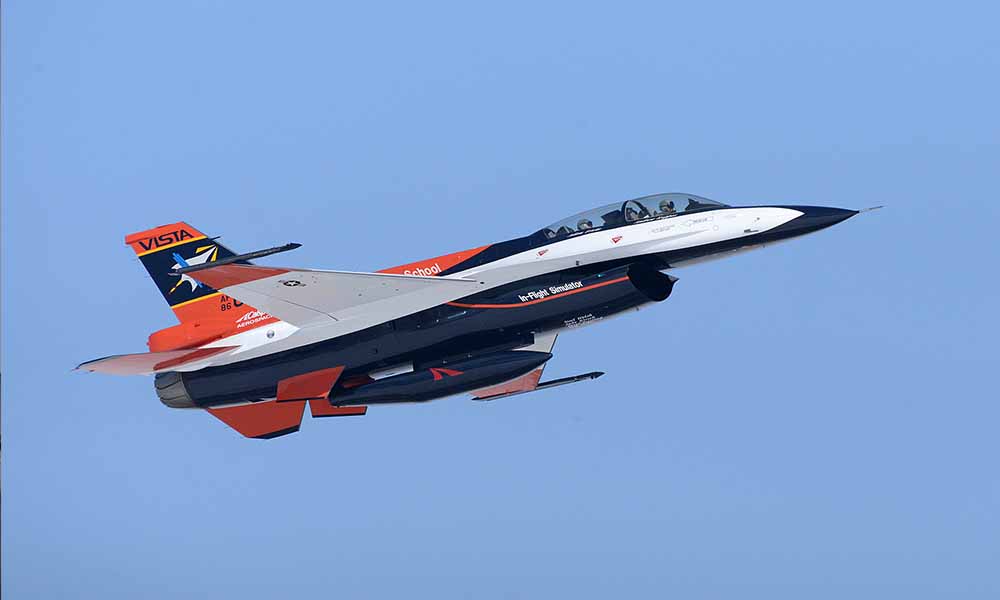

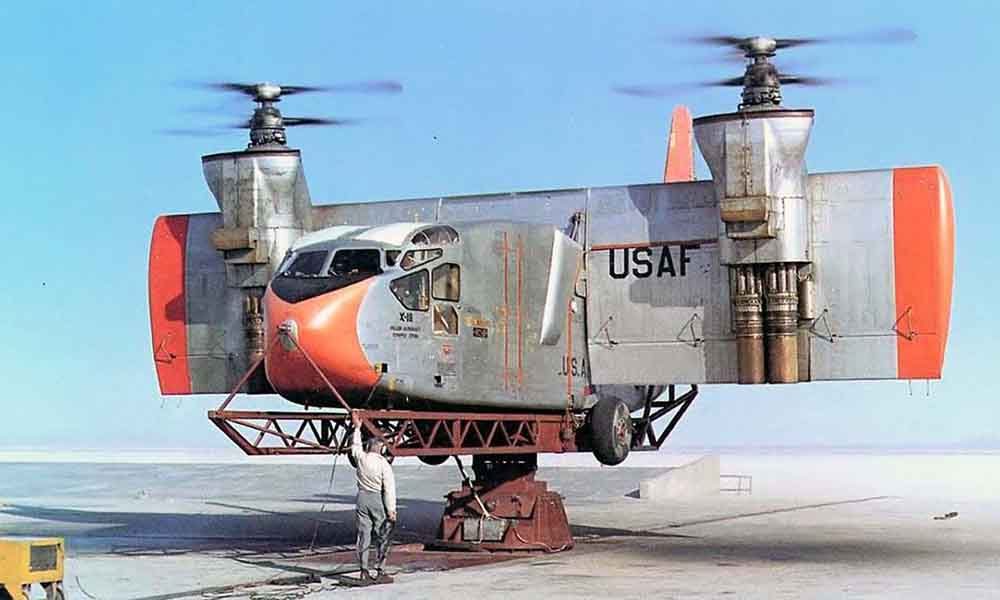
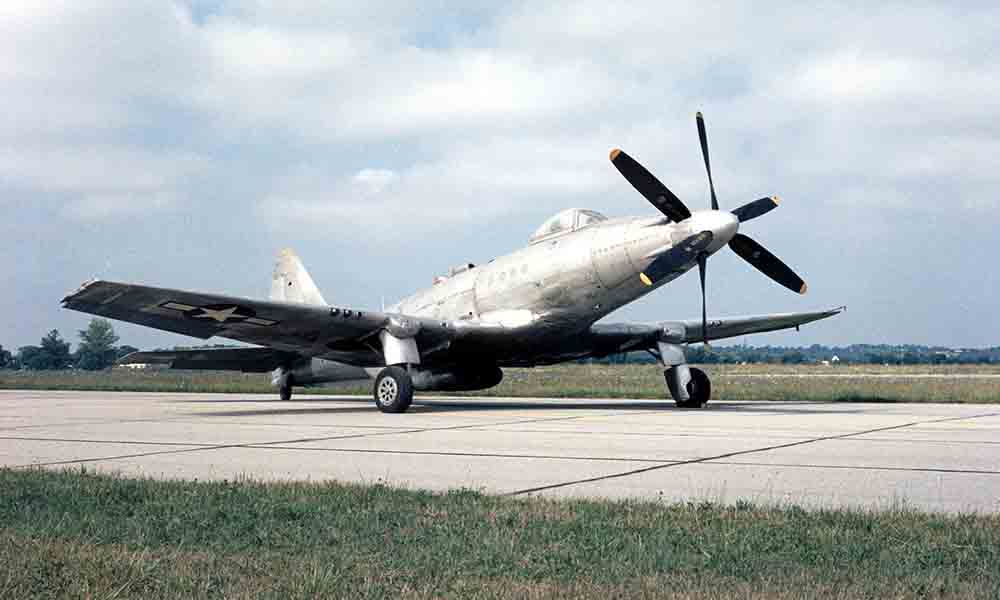
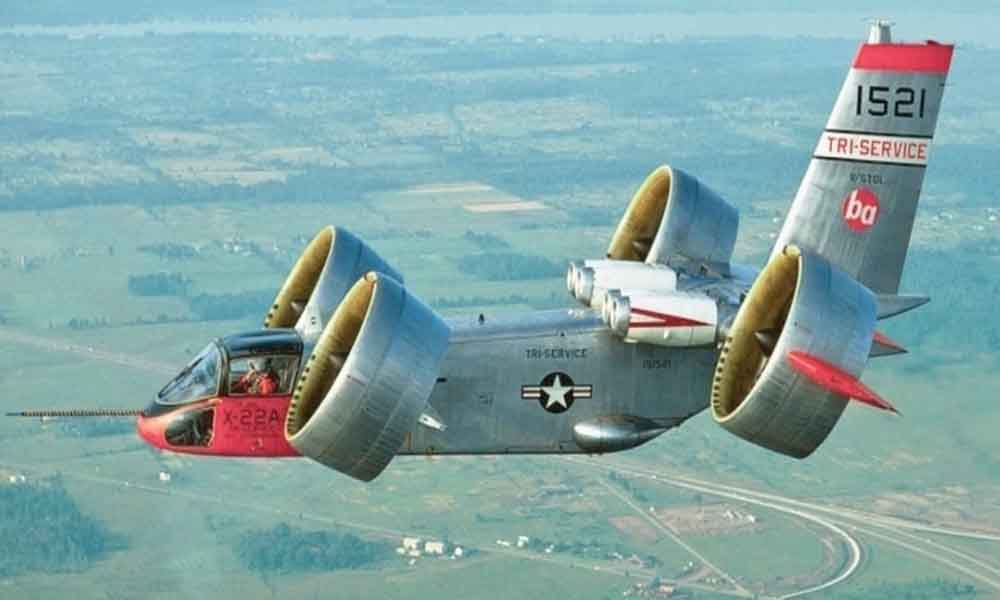
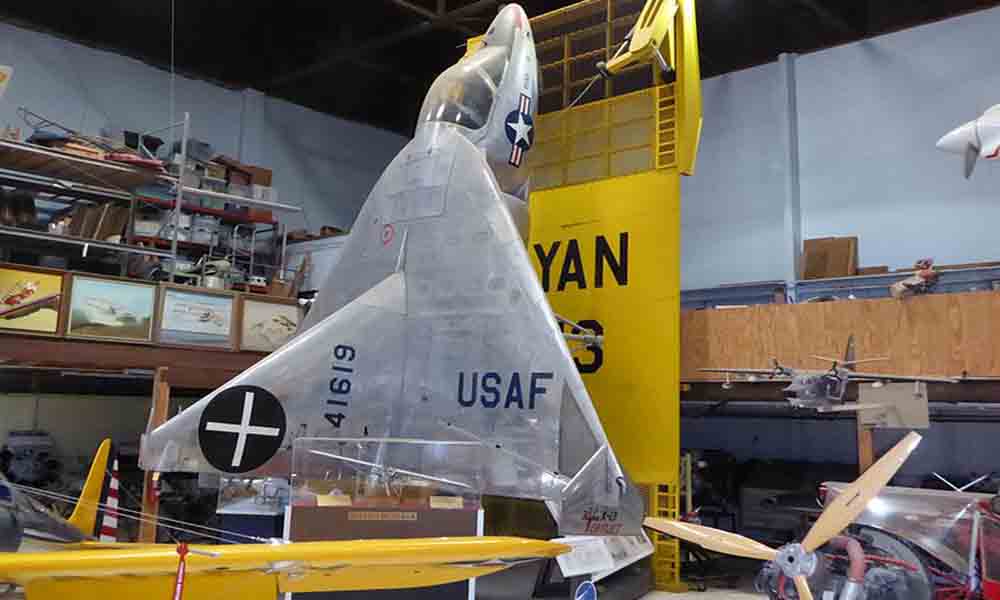
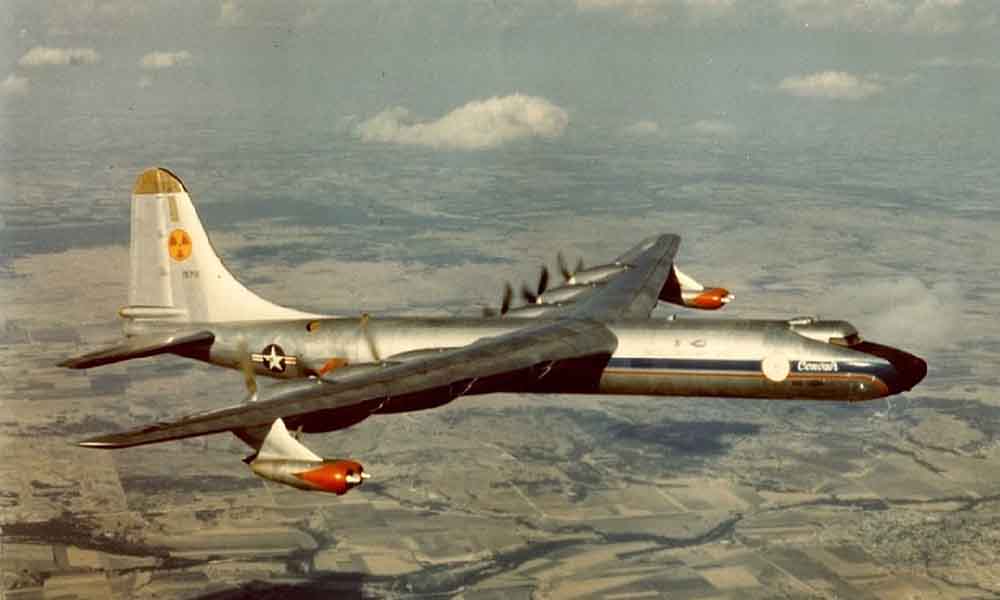
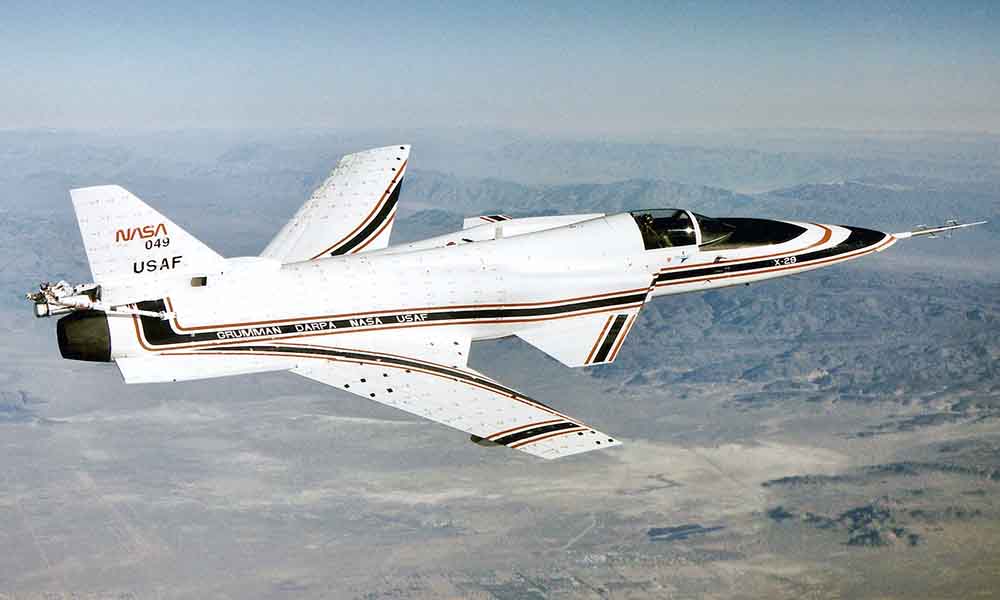









You must be logged in to post a comment Login